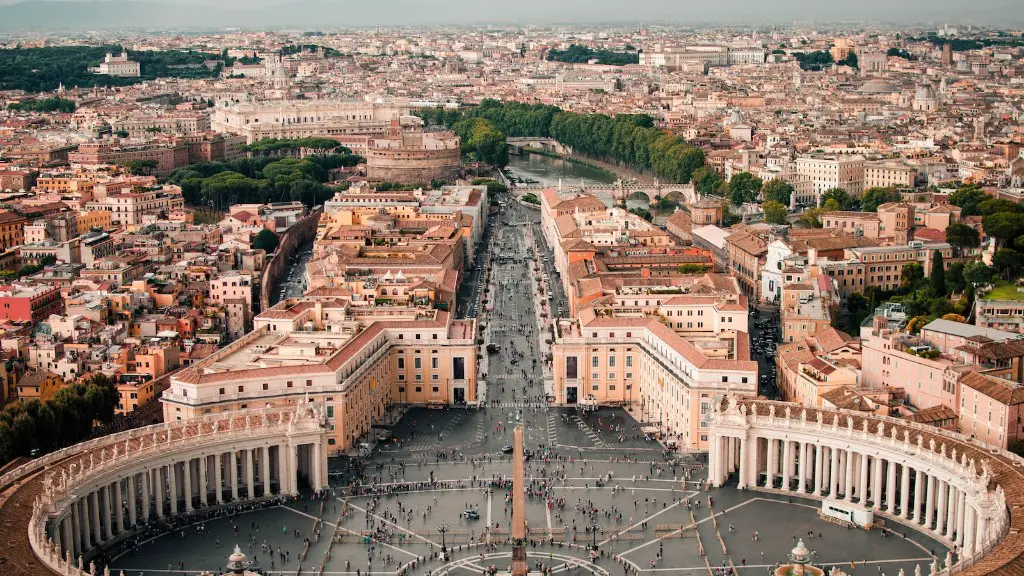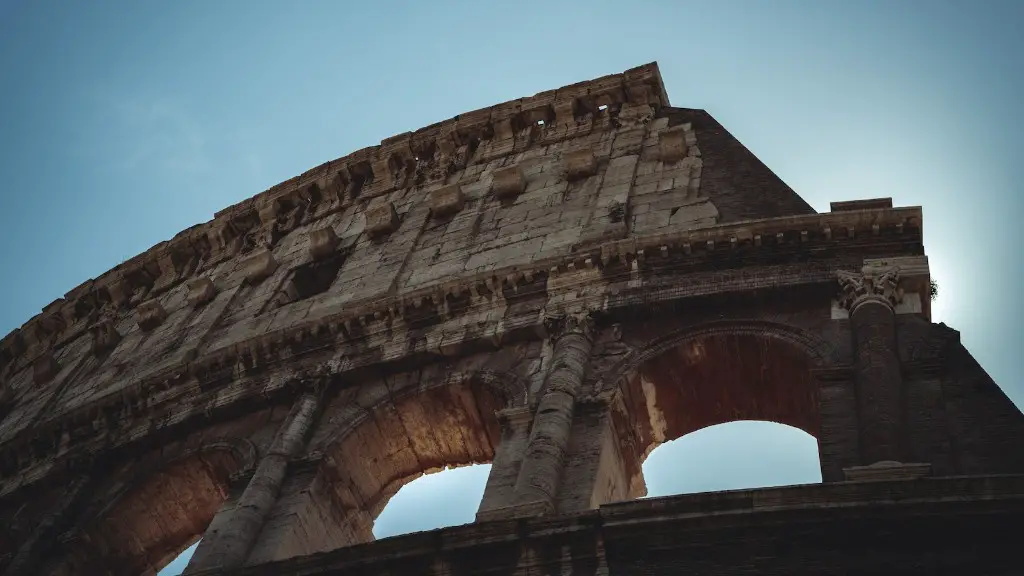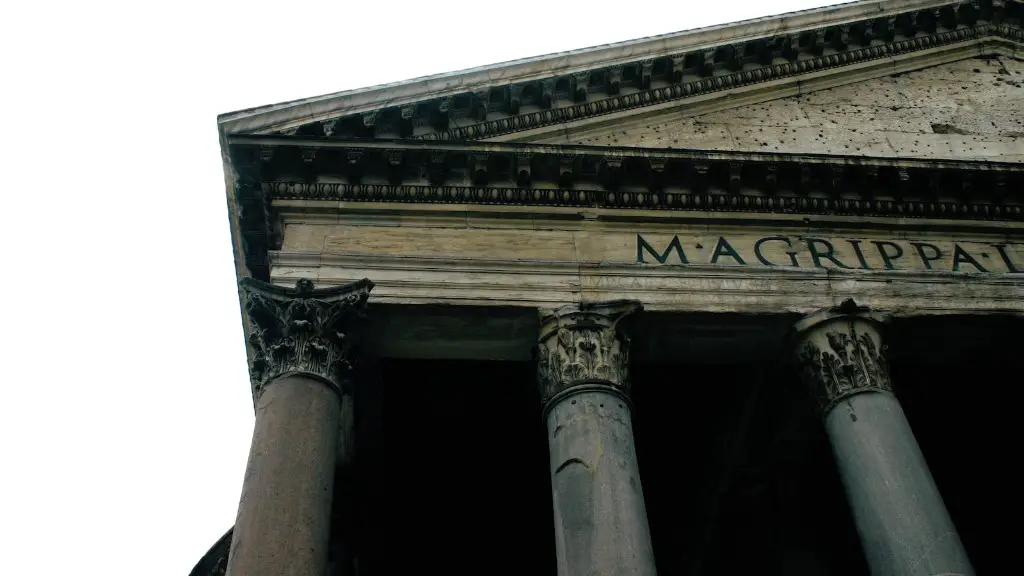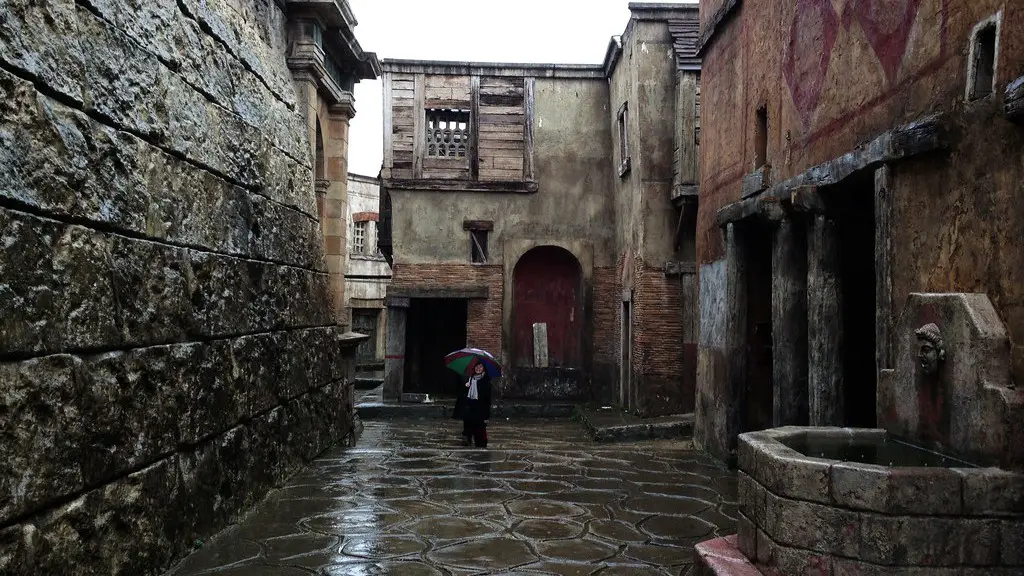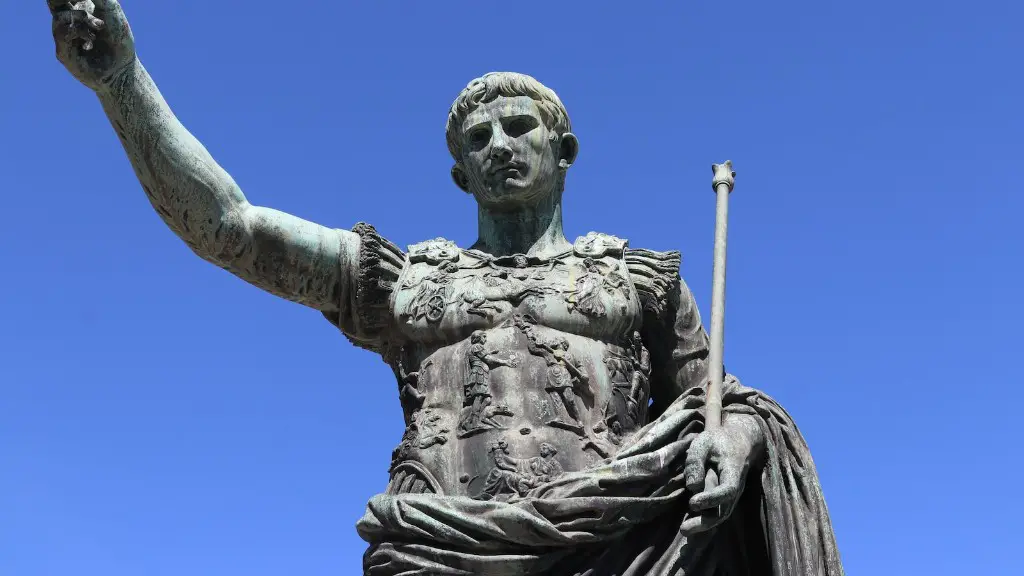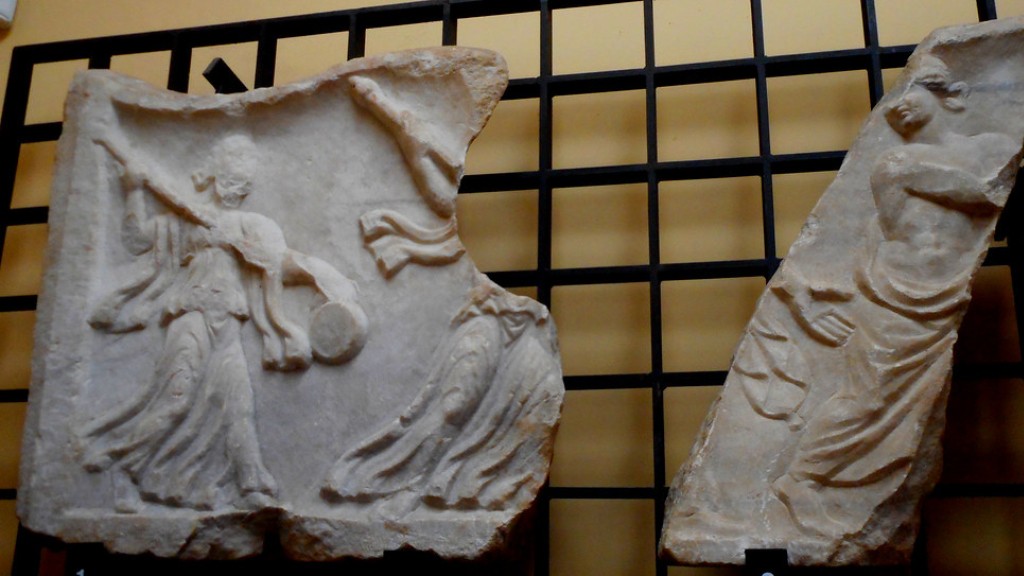The ancient Romans were a very advanced and organized society. They built many great structures and roads that are still used today. One of their most impressive feats was the construction of the Colosseum. This massive amphitheater was used for public events such as gladiatorial contests, animal hunts, and plays. It could hold up to 80,000 spectators! The Colosseum was built of stone and concrete and had a complex system of tunnels and cages underneath it to house the animals and gladiators. It was truly a wonder of the ancient world.
The ancient Romans used the Colosseum as a way to entertain the citizens of Rome. The Colosseum was built in 80 AD and was used for gladiatorial contests, public spectacles, and animal hunts. The Romans would release wild animals into the arena and the citizens would watch as the animals fought each other.
How did Romans enter the Colosseum?
The Colosseum was designed with 76 entrances and exits to help the thousands of people who attended the arena to exit in case of a fire or other emergency. The passages to the seating areas were called vomitoria, and the public entrances were each numbered. Spectators had a ticket that said where they were supposed to enter.
The sound of the procession or parade approaching would have been dimly heard in the distance announcing to the spectators that the games were about to begin. Entry of the Gladiators through the Gate of Life All eyes would be turned to the east of the arena towards the Gate of Life where the procession would enter.
Why did ancient Romans go to the Colosseum
The emperor Commodus is known to have performed in the arena on hundreds of occasions. Aside from the games, the Colosseum also hosted dramas, reenactments, and even public executions. Eventually, the Romans’ interest in the games waned.
Aqueducts were a common feature in Roman cities. They were used to transport water from nearby sources to the city, where it was used for drinking, bathing, and other purposes. Some aqueducts were also used to fill the Colosseum with enough water to float flat-bottomed boats.
Did people have to pay to get into the Colosseum?
You needed a ticket to get in to the Colosseum. Admission to the Colosseum was open to all Roman citizens, and the Games were staged as Imperial gifts to the people. But just like today, you still needed a ticket to get in.
The Colosseum in Rome is one of the most iconic and well-known landmarks in the world. The large amphitheatre was built over 2,000 years ago during the reign of the Flavian dynasty and was used for a variety of purposes, including hosting animal hunts and gladiatorial games. In the 19th century, archaeologists removed the floor of the Colosseum to reveal the network of structures and tunnels underneath. Today, the Colosseum is one of the most popular tourist attractions in Rome and receives millions of visitors each year.
Why didn’t the gladiators fight to the death?
Gladiators were expensive to house, feed and train, so their promoters were loath to see them needlessly killed. Trainers may have taught their fighters to wound, not kill, and the combatants may have taken it upon themselves to avoid seriously hurting their brothers-in-arms.
A Roman Gladiator’s Profile
Gladiators were usually between 20 and 35 years old. Remember the average life for a man in the Ancient Rome’s times was about 40… Even the average height was shorter than today’s Romans: around 5’5”!
Why did Rome stop having gladiators
The gladiatorial games were a Roman tradition in which criminals, slaves, and prisoners of war were made to fight to the death in front of a large audience. Although the games were officially banned by Constantine in 325 CE, they continued to be popular among the people.
The Colosseum is one of Rome’s most iconic landmarks, and it was severely damaged by a earthquake in 1349. Much of the stone from the collapsed south side was reused to build other structures in Rome, including palaces, churches, hospitals, and more. Even though the Colosseum has been through a lot, it still stands today as a reminder of Rome’s rich history and culture.
Why did the Romans stop using the Colosseum?
The Colosseum was one of the most popular arenas for public entertainment in the Roman Empire. It saw four centuries of active use until the Western Roman Empire began to decline and public tastes changed. By the 6th century AD, the Colosseum was no longer used for gladiatorial contests and other large public entertainments. However, it continued to be used for other purposes such as executions. The arena also suffered from damage due to natural phenomena such as earthquakes.
It is impossible to know Colosseum’s death toll with 100% certainty, but ancient historians believe that as many as 400,000 people—including gladiators, slaves, convicts, and prisoners—lost their lives in the Colosseum over the 350 years it was used for bloodsports and entertainment. The sheer size of the Colosseum (it could seat up to 80,000 spectators) and the frequency of events (sometimes 100 days per year) meant that a large number of people would have died in the arena.
What is under the floor of the Colosseum
The Hypogeum was used to house animals and gladiators before they were brought up to the main arena to perform. The gladiators would also use the Hypogeum to train before their matches. The animals were kept in cages and the gladiators had cells where they would stay. TheHypogeum was also used to store equipment and as a place for the audience to wait before they were allowed into the main arena.
Longevity has been increasing steadily throughout history. Life expectancy at birth was 25 years during the Roman Empire, 33 years during the Middle Ages, and 55 years during the early 1900s. Currently, life expectancy is even higher, thanks to advances in medicine and improvements in lifestyle choices.
How quickly could the Colosseum be emptied?
The Colosseum is a large amphitheatre in Rome, Italy. Built of concrete and stone, it is the largest amphitheatre ever built and could seat up to 80,000 spectators. The vomitoria were the passageways that ran along the entire building behind and beneath the seating tiers, to help with the flow of spectators. Because of the vomitoria, The Colosseum could be filled or emptied in 15 minutes.
The Colosseum is one of Rome’s most iconic buildings and Its construction was ordered under the rule of Vespasian of the Flavian Dynasty in 70-72 AD. After Emperor Vespasian died, it was completed by his sons Titus and Domitian. The physical construction work was done by Jewish slaves, who were overseen by Roman architects, engineers, and artists.
Warp Up
The ancient Romans built the Colosseum around 80 CE. It was used for entertainment, religious, and political purposes. The Colosseum could hold around 50,000 people.
The ancient Romans used a variety of methods to gain entry into the Colosseum. Many of these methods are still used today by people who wish to visit the site. These methods include walking, taking the stairs, and using the lifts.
